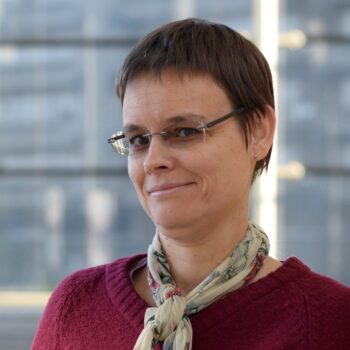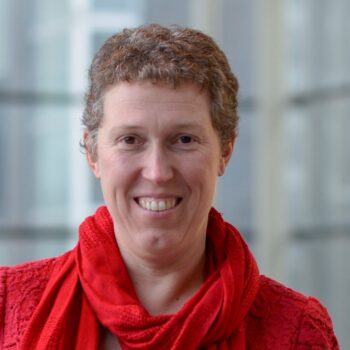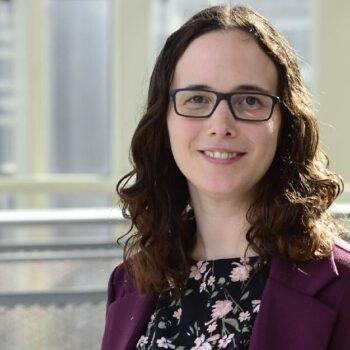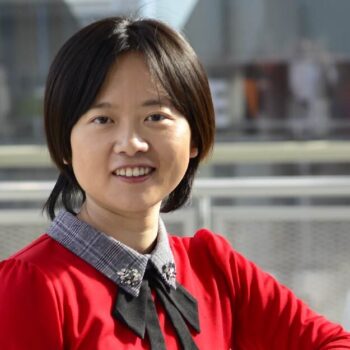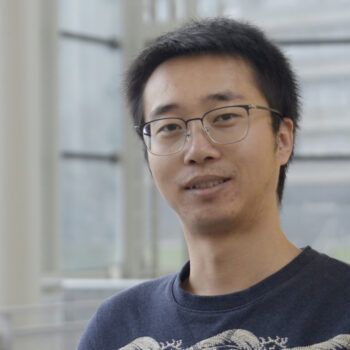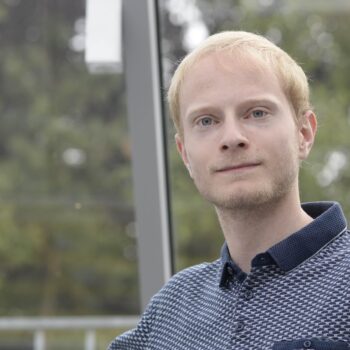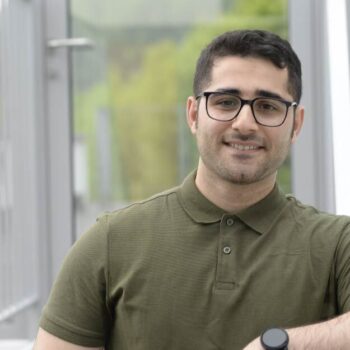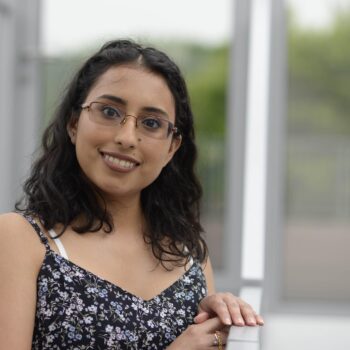Optical Spectroscopy
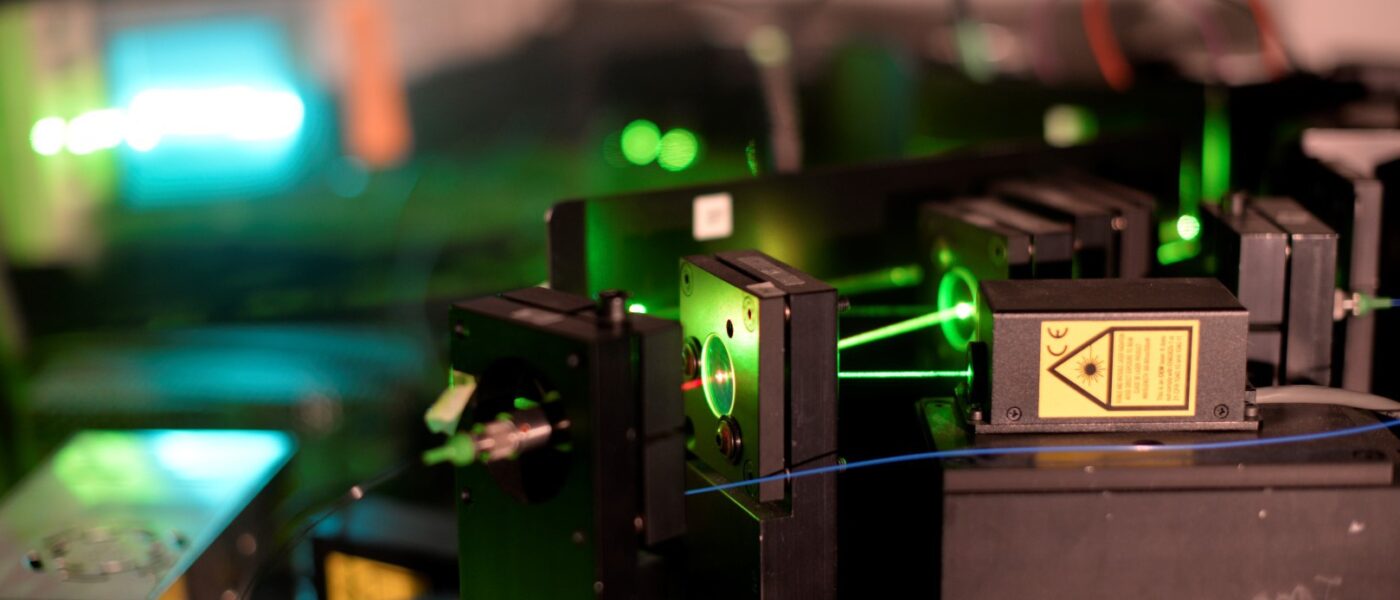
The B-PHOT spectroscopy team focuses on the use of absorption, fluorescence and Raman spectroscopy in a variety of application domains. We been active in the development of spectroscopy-enhanced sensors for the monitoring of the quality and safety of both solid and liquid food products. In case of liquid food products, the sensing takes place in miniaturized read-out systems while the solid food sensors are typically implemented in macroscopic platforms such as laser sorting engines, picking robots or machine vision devices. We have also proven the benefits of applying absorption spectroscopy as a first-line non-destructive screening technique to distinguish modern from historic glass window parts and to study the provenance and fabrication technologies of historic glassware.
Spectroscopy in food
We all want our food to be 100% safe and healthy and of good quality! Over the past 20 years, the Brussels Photonics Team of the Vrije Universiteit Brussel has been investigating how light technology can be used to distinguish tiny pieces of glass, stone or plastic, or microscopic insects, from mechanically harvested crops; to determine the fruit’s or vegetables’ quality such as e.g. its ripeness state; or to detect dangerous bacteria or carcinogenic substances such as mycotoxins and acrylamides which might be contained in our food. Thanks to B-PHOT’s success in this research field many of these photonics techniques have been commercially implemented. B-PHOT is also involved in leading research in the exciting area of ‘lab-on-a-chip’ whereby dedicated and complex authenticity tests can be performed on foods and liquids to detect food fraud without the need for well-equipped labs . These miniaturized polymer-based chips can be replicated at low cost to make them easily accessible for widespread use. If you want to learn more about this research, please watch the movie below.
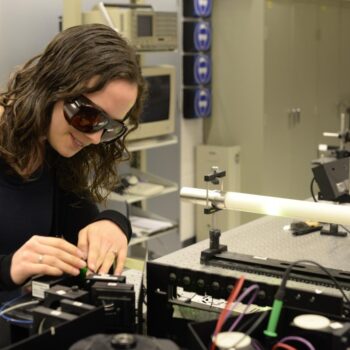
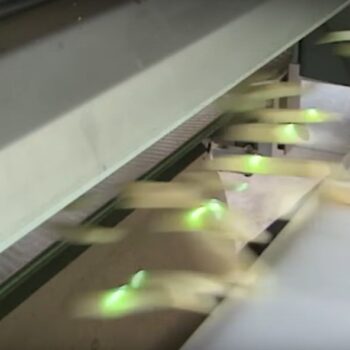
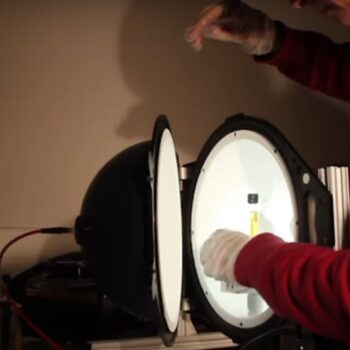
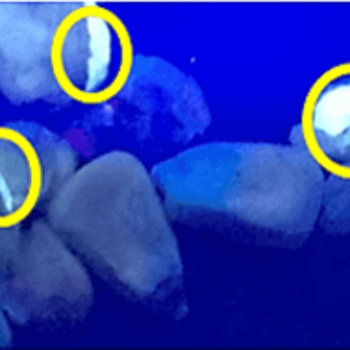
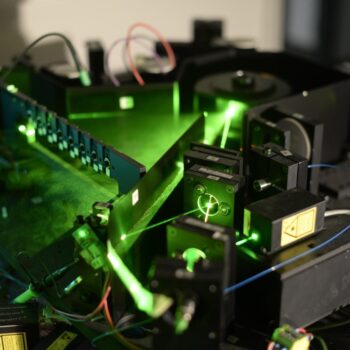
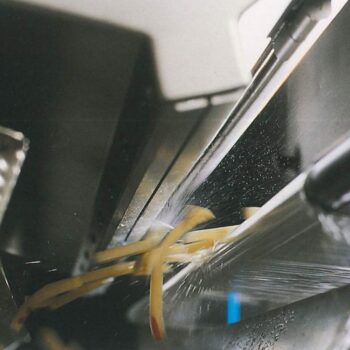
Spectroscopy and glass research
The Brussels Photonics Team of the Vrije Universiteit Brussel has a pioneering role in the in-situ use of absorption spectroscopy for first-line archaeometric and historic glass research. Started in 2008 with a focus on Roman and Byzantine glasses, we have researched the optical parameters that allow the identification of a sherd’s main glass composition. The use of this fast and non-destructive optical technique reduces the number of fragments that needs to be sampled for chemical analysis and allows to select these samples based on diverging optical properties rather than using ad random, subjective naked-eye sampling strategies. In addition, we have proven that this technique can provide first-line insights in the adopted production technology of the bare glass. Driven by the benefit that fragile glass collections can stay in the museum depot upon optical analysis, several museum conservators of window glass collections with a post-medieval signature consulted us to apply our technique to their material. In collaboration with the Art & History Museum Brussels and the MAS we are currently researching the optical signatures of the post-medieval glass families and are studying ancient silver stain glass technology with optical means. A final aspect concerns the practice of absorption spectroscopy to authenticate glass windows for which a first case-study was worked-out in collaboration with the Abbey Museum of the Dunes. If you want to learn more about this research, please watch the movie from Science Figured Out below.
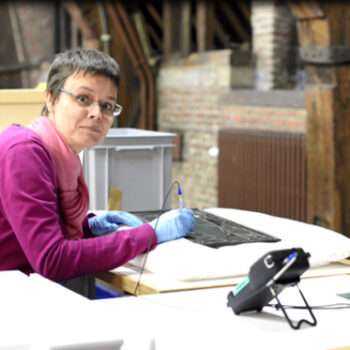
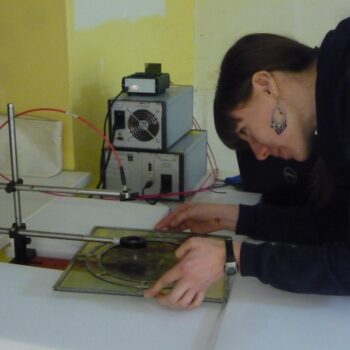
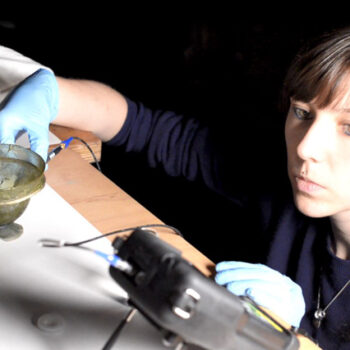
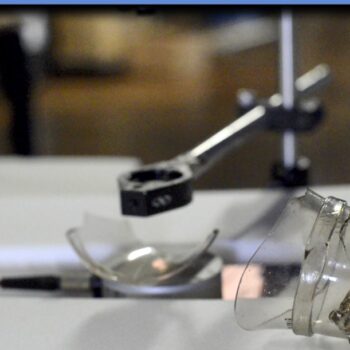
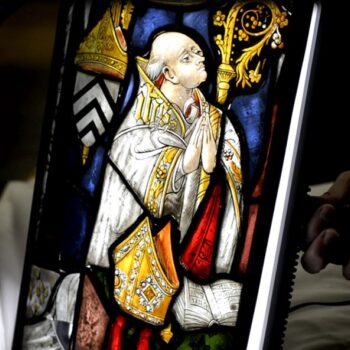
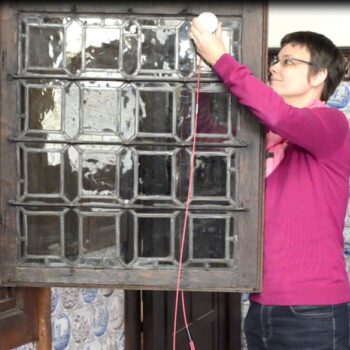
Spectroscopy for medical purposes
To combat the emerging threat against bacterial infections and resistance in humans and animals, the Brussels Photonics Team of the Vrije Universiteit Brussel together with the University of Antwerp have developed a photonic-based, compact, low-cost, easy-to-use concept for antibiotic susceptibility testing. Tests on a variety of the most important strain-antibiotics combinations have demonstrated the main strength of the concept compared to existing methods which is the short time-to-results. A second topic which is researched in collaboration with the university of Antwerp is the sensing of free unbound unconjugated bilirubin levels in the clinically significant range using very small blood samples. The performed spectroscopic research allowed us to identify the optical measure giving rise to a best fit quality R² of 0.998 with unbound unconjugated bilirubin in aqueous solution. A third topic concerns the development of compact, spectroscopic imaging units that record fluorescence as well as Raman signals for drug-induced liver injury. The targeted improved screening with these simplified read-out devices will contribute to the reduction of drug attribution costs by overcoming the limitations utilizing animal models. In addition, the research outcome will provide concrete tools to pharmaceutical companies who want for ethical reasons to reduce the number of animals used in their toxicity studies. Our generic applied approach can be transferred to other applications with a potential impact on improving diagnostic and therapy options in the framework of a personalized healthcare.

